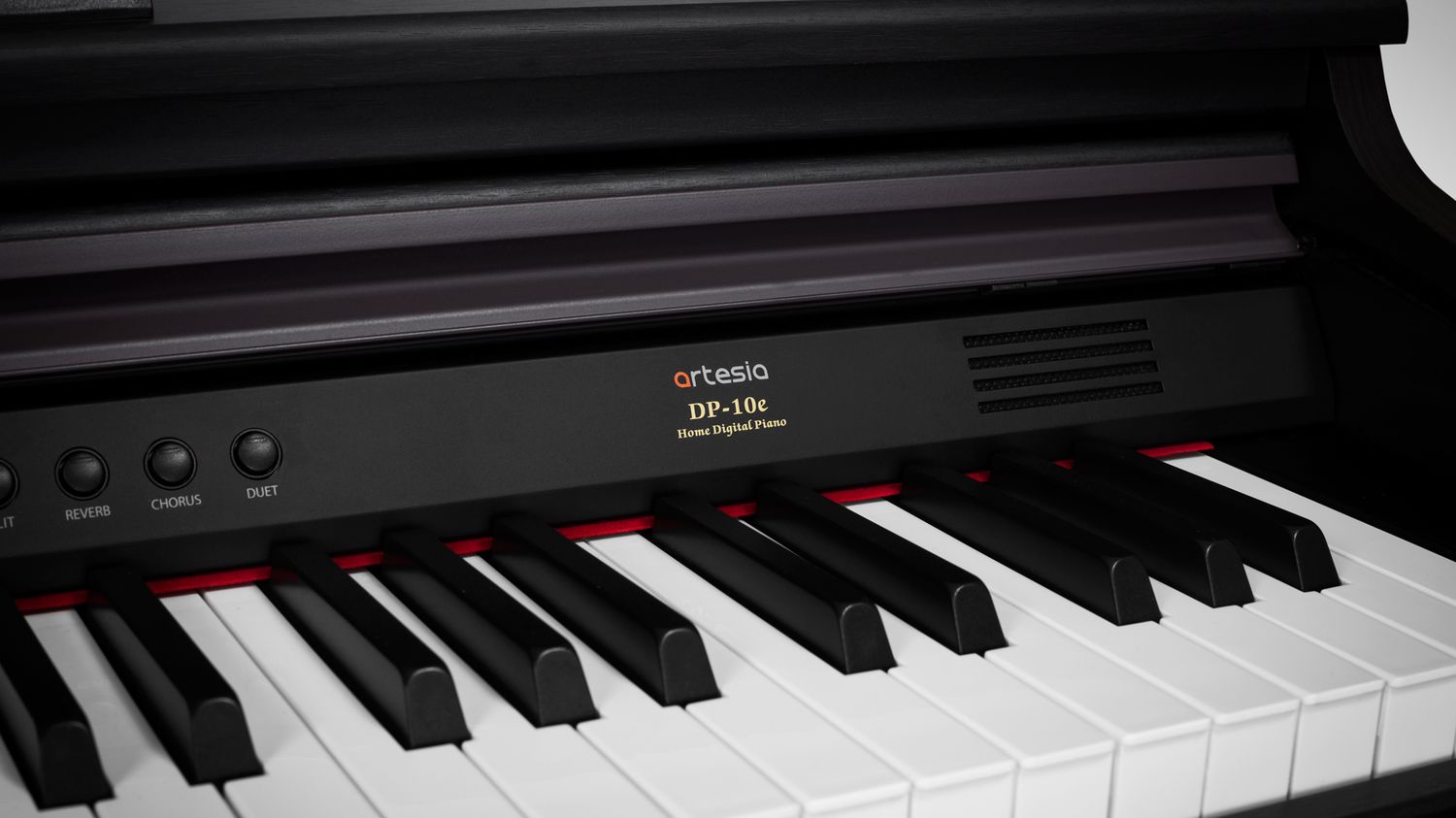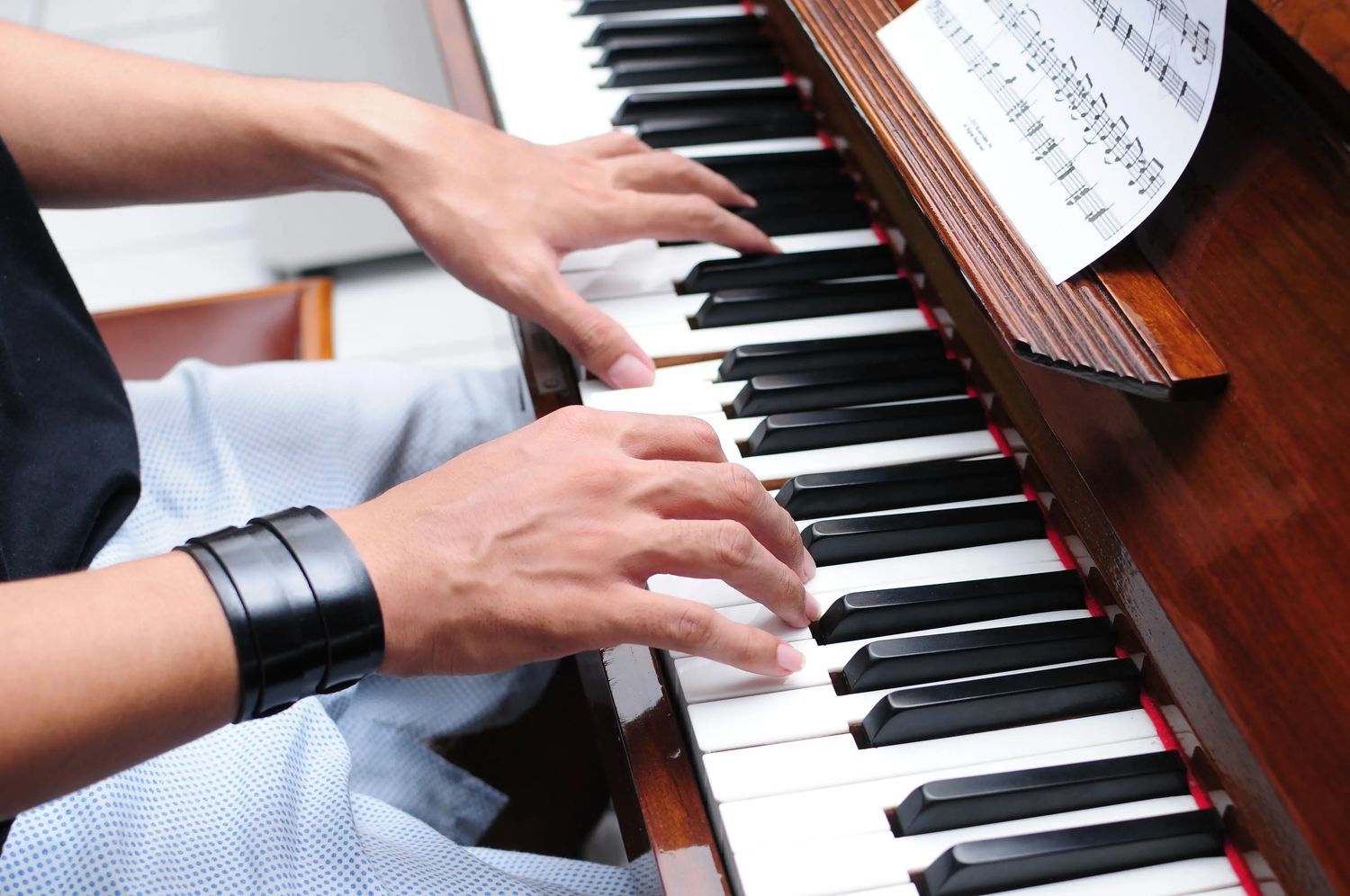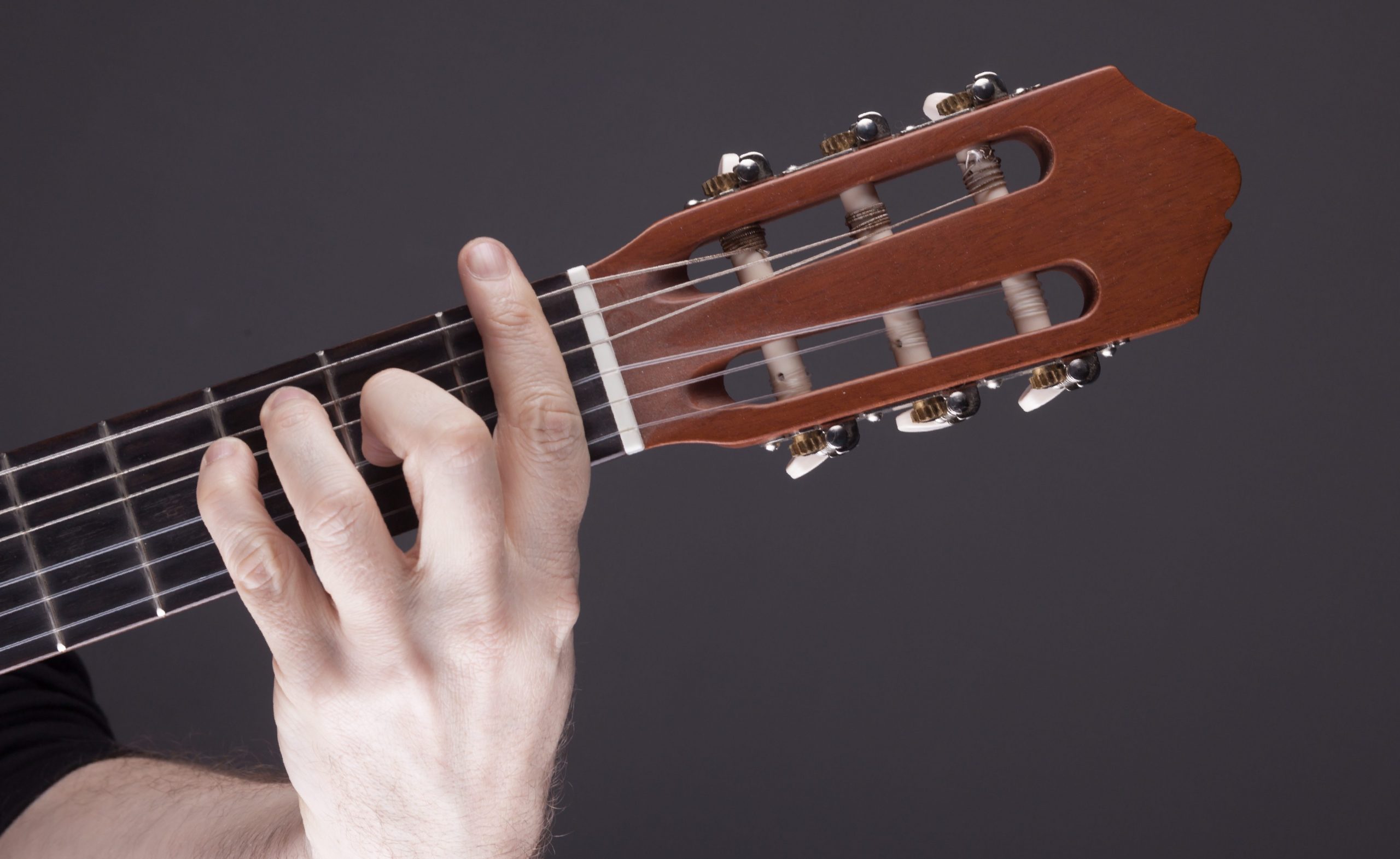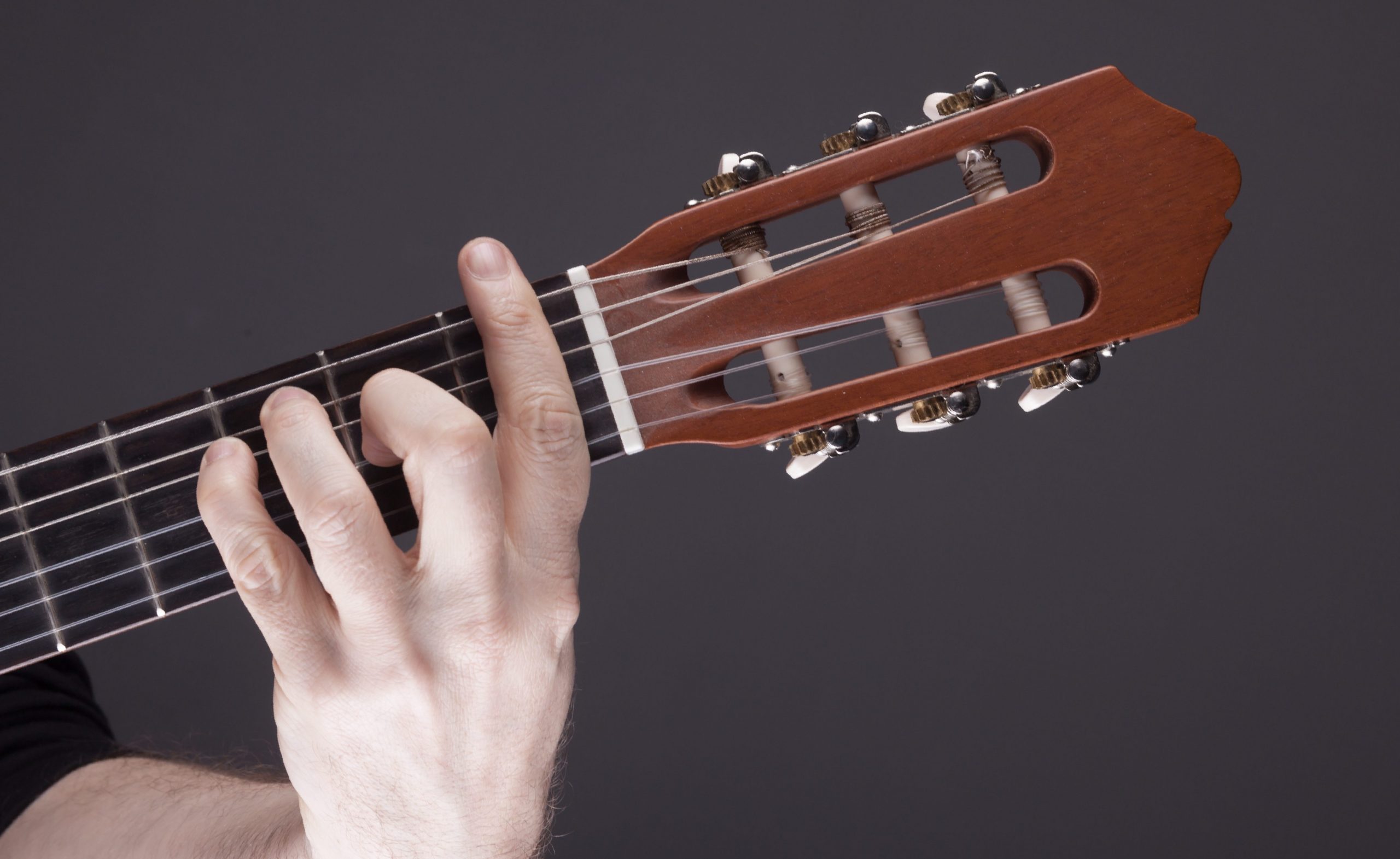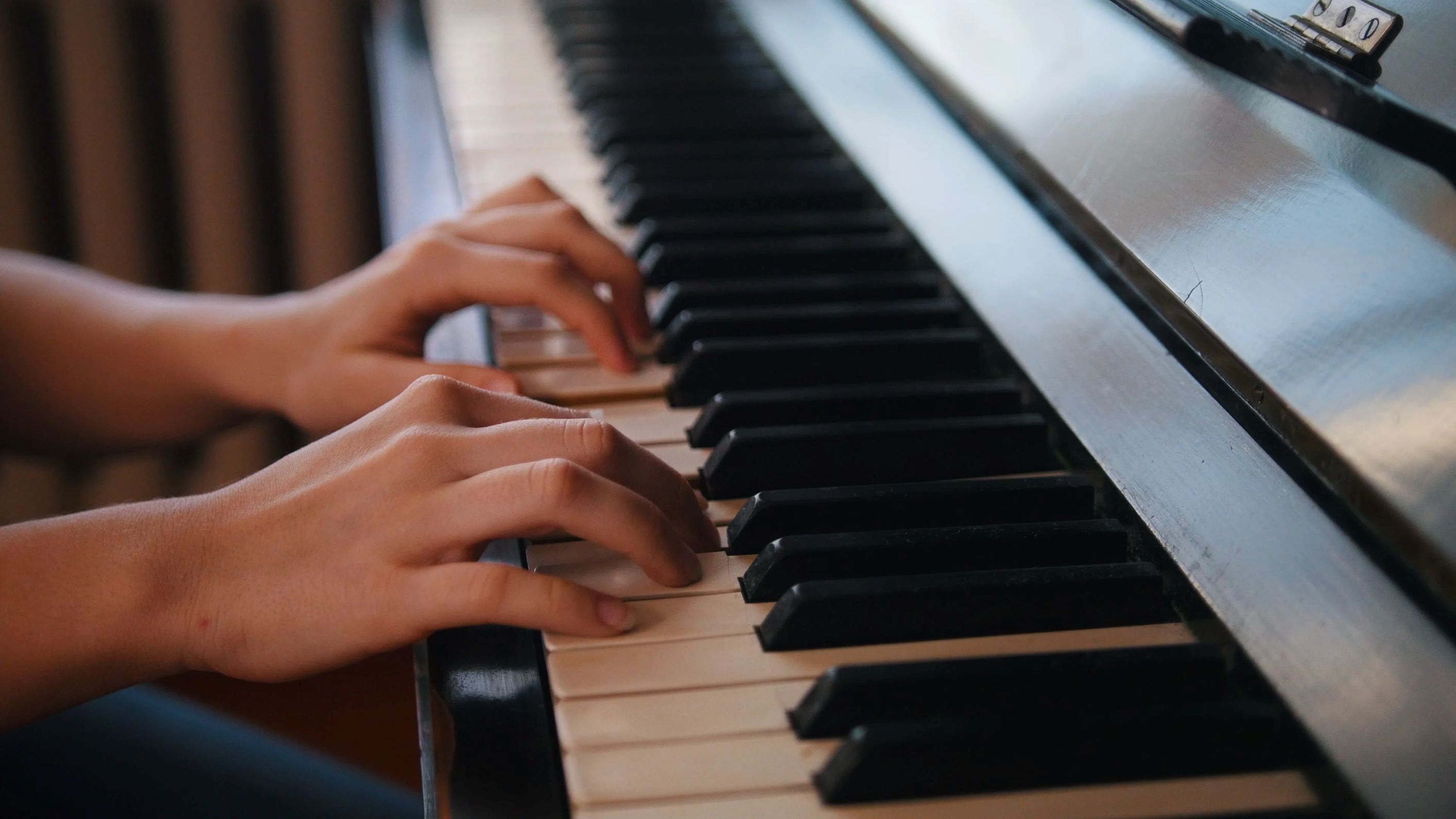Home>Instruments>Piano>How To Play D Chord On Piano


Piano
How To Play D Chord On Piano
Published: February 11, 2024
Learn how to play the D chord on piano with our step-by-step guide. Master the basics and improve your piano skills today!
(Many of the links in this article redirect to a specific reviewed product. Your purchase of these products through affiliate links helps to generate commission for AudioLover.com, at no extra cost. Learn more)
Table of Contents
Introduction
Playing the piano is a delightful journey that offers a sense of fulfillment and joy. One of the fundamental aspects of piano playing is mastering chords, which are the building blocks of countless songs across various genres. In this article, we will delve into the fascinating realm of piano chords and focus on the D chord, a foundational component of many beautiful melodies.
Understanding and mastering the D chord is essential for pianists at any level. Whether you are a beginner venturing into the captivating world of piano playing or an experienced musician seeking to enhance your chord repertoire, the D chord holds significant importance. By comprehending the structure, positioning, and technique required to play the D chord, you can expand your musical capabilities and infuse your playing with depth and richness.
Throughout this article, we will explore the intricacies of the D chord, providing valuable insights into its composition and the optimal hand positioning for seamless execution. Additionally, we will offer practical tips to help you master the D chord with confidence and finesse. By the end of this journey, you will not only have a comprehensive understanding of the D chord but also the proficiency to incorporate it into your piano repertoire with flair and artistry.
Whether you aspire to serenade friends and family with captivating melodies or embark on a professional musical career, the knowledge and mastery of the D chord will undoubtedly elevate your piano playing to new heights. So, let's embark on this enriching exploration of the D chord and unravel the secrets to playing it with grace and proficiency.
Understanding the D Chord
Before delving into the practical aspects of playing the D chord on the piano, it’s essential to grasp the theoretical foundation of this fundamental musical element. The D chord is a triad, consisting of three notes: D, F#, and A. In the context of music theory, the D chord is classified as a major chord, characterized by its bright and uplifting sound.
The D chord is constructed using the first, third, and fifth notes of the D major scale, resulting in the following notes: D (the root note), F# (the major third), and A (the perfect fifth). When played together, these notes harmonize to produce the distinct and resonant sound of the D chord.
As a pianist, understanding the composition of the D chord is pivotal for interpreting and performing a wide array of musical pieces. Whether you’re exploring classical compositions, contemporary pop songs, or timeless jazz standards, the D chord frequently emerges, making it an indispensable component of your musical repertoire.
Furthermore, comprehending the harmonic function of the D chord within different musical keys is crucial for fluid and expressive piano playing. The D chord serves as a cornerstone in various musical progressions, contributing to the overall tonal landscape and emotional depth of a musical piece.
By internalizing the structure and significance of the D chord, you pave the way for a more profound musical interpretation and a heightened ability to convey emotions through your piano playing. As we proceed, we will delve into the practical techniques and strategies for effectively translating this theoretical understanding into captivating and melodious renditions of the D chord on the piano.
Positioning Your Hands
Proper hand positioning is a cornerstone of proficient piano playing, and it significantly influences the clarity, agility, and expressiveness of your performance. When it comes to playing the D chord on the piano, mastering the optimal hand positioning is essential for achieving a seamless and resonant sound.
Begin by sitting at the center of the piano with a straight back and relaxed shoulders. Ensure that your arms are parallel to the floor, allowing for unrestricted movement across the keyboard. As you position your hands to play the D chord, consider the following guidelines:
- Hand Shape: Form a gentle curve with your fingers, maintaining a relaxed and natural hand shape. Avoid tensing your fingers, as this can impede fluid movement and diminish the quality of your playing.
- Finger Placement: Place your thumb on the D note, your middle finger on the F# note, and your pinky finger on the A note. This positioning facilitates a balanced distribution of weight and allows for precise articulation of each note within the D chord.
- Wrist Alignment: Keep your wrists level with the piano keys, avoiding any excessive upward or downward bending. This alignment promotes agility and dexterity, enabling you to navigate the keyboard with ease.
By adhering to these foundational principles of hand positioning, you set the stage for fluid and graceful execution of the D chord, fostering a harmonious resonance and a nuanced musical expression.
Remember that consistent practice and mindful attention to hand positioning are pivotal for refining your technique and achieving a polished rendition of the D chord. As we proceed to the next section, we will delve into the practical application of these positioning principles as we explore the art of playing the D chord on the piano.
Playing the D Chord on Piano
Now that we have established a solid understanding of the D chord’s composition and the principles of hand positioning, let’s embark on the practical application of playing the D chord on the piano. The D chord is positioned within the D major scale, and its execution involves a harmonious coordination of finger placement and fluid movement across the keyboard.
To play the D chord on the piano:
- Position Your Hands: As discussed earlier, ensure that your hands are correctly positioned, with your thumb on the D note, middle finger on the F# note, and pinky finger on the A note.
- Apply Sufficient Pressure: Press the keys with the pads of your fingers, applying just enough pressure to produce a resonant sound without straining your hands.
- Simultaneous Depressing of Keys: Depress the D, F#, and A keys simultaneously, aiming for a synchronized and balanced sound across all three notes.
- Maintain Even Tempo: Strive for a consistent tempo and rhythm as you play the D chord, ensuring that each note resonates clearly and harmoniously.
As you acquaint yourself with the tactile sensation and sound produced by the D chord, take the time to refine your technique and cultivate a nuanced understanding of the chord’s tonal dynamics. Pay attention to the interplay of resonance and harmony, aiming for a seamless fusion of the individual notes into a cohesive and melodious chord.
It’s important to approach the execution of the D chord with patience and attentiveness, allowing yourself the space to develop muscle memory and a keen sensitivity to the nuances of sound and touch. With dedicated practice and a focus on precision, you will gradually attain a heightened level of proficiency in playing the D chord, unlocking a world of musical possibilities and creative expression.
As we transition to the next section, we will explore valuable tips and strategies to aid you in mastering the D chord with confidence and artistry, further enriching your piano playing journey.
Tips for Mastering the D Chord
Mastering the D chord on the piano requires dedication, patience, and a mindful approach to practice. Here are some valuable tips to enhance your proficiency and artistry in playing the D chord:
- Consistent Practice: Dedicate regular practice sessions to the D chord, focusing on precision, fluidity, and expression. Repetition and consistent practice are essential for developing muscle memory and refining your technique.
- Dynamic Control: Experiment with varying degrees of touch and pressure as you play the D chord, exploring the nuances of softness and intensity to imbue the chord with dynamic expression.
- Integration into Musical Pieces: Incorporate the D chord into practice pieces and musical compositions, allowing for a contextual and immersive exploration of its harmonic resonance within diverse musical contexts.
- Ear Training: Cultivate attentive listening skills to discern the clarity and balance of the D chord, honing your ability to recognize and adjust the tonal qualities of each note within the chord.
- Explore Inversions: Experiment with different inversions of the D chord, exploring alternative finger placements and voicings to expand your harmonic vocabulary and creative possibilities.
- Relaxation and Posture: Maintain a relaxed posture and hand position while playing the D chord, allowing for fluid and effortless movement across the keys without tension or strain.
- Metronome Practice: Utilize a metronome to practice the D chord at varying tempos, enhancing your rhythmic precision and internal sense of timing.
- Expressive Phrasing: Infuse the D chord with expressive phrasing and musical intent, conveying emotion and storytelling through your rendition of the chord.
By integrating these tips into your practice regimen, you will not only refine your technical prowess in playing the D chord but also cultivate a profound musical sensitivity and artistry. Embrace each practice session as an opportunity for growth and exploration, and celebrate the evolving depth and richness of your interpretation of the D chord.
As you internalize these tips and incorporate them into your musical journey, you will find that the mastery of the D chord transcends technical proficiency, offering a gateway to boundless creativity and expression through the enchanting realm of piano playing.
Conclusion
Congratulations on embarking on this enriching exploration of the D chord and its profound significance in the realm of piano playing. Throughout this journey, we have delved into the theoretical underpinnings, practical execution, and invaluable tips for mastering the D chord with finesse and artistry.
By understanding the composition of the D chord and the harmonic role it plays in diverse musical contexts, you have gained a deeper appreciation for its melodic resonance and expressive potential. The principles of hand positioning and tactile precision have equipped you with the foundational tools to navigate the keyboard with grace and fluidity, breathing life into the captivating sound of the D chord.
As you continue to hone your skills and cultivate a nuanced understanding of the D chord, remember that patience, dedication, and a spirit of curiosity are your steadfast companions on this musical odyssey. Embrace each practice session as an opportunity for growth and self-expression, allowing the D chord to serve as a canvas for your creativity and emotional storytelling.
Whether you aspire to serenade audiences with captivating melodies, collaborate with fellow musicians in harmonious ensembles, or simply find solace and joy in the intimate connection between you and the piano, the mastery of the D chord holds the key to unlocking a world of musical possibilities and personal fulfillment.
As you bid adieu to this exploration, carry forth the wisdom and insights garnered here, allowing the resonance of the D chord to echo through your musical endeavors with elegance and passion. May your journey with the piano be filled with boundless inspiration, unwavering determination, and the enduring enchantment of the D chord.



